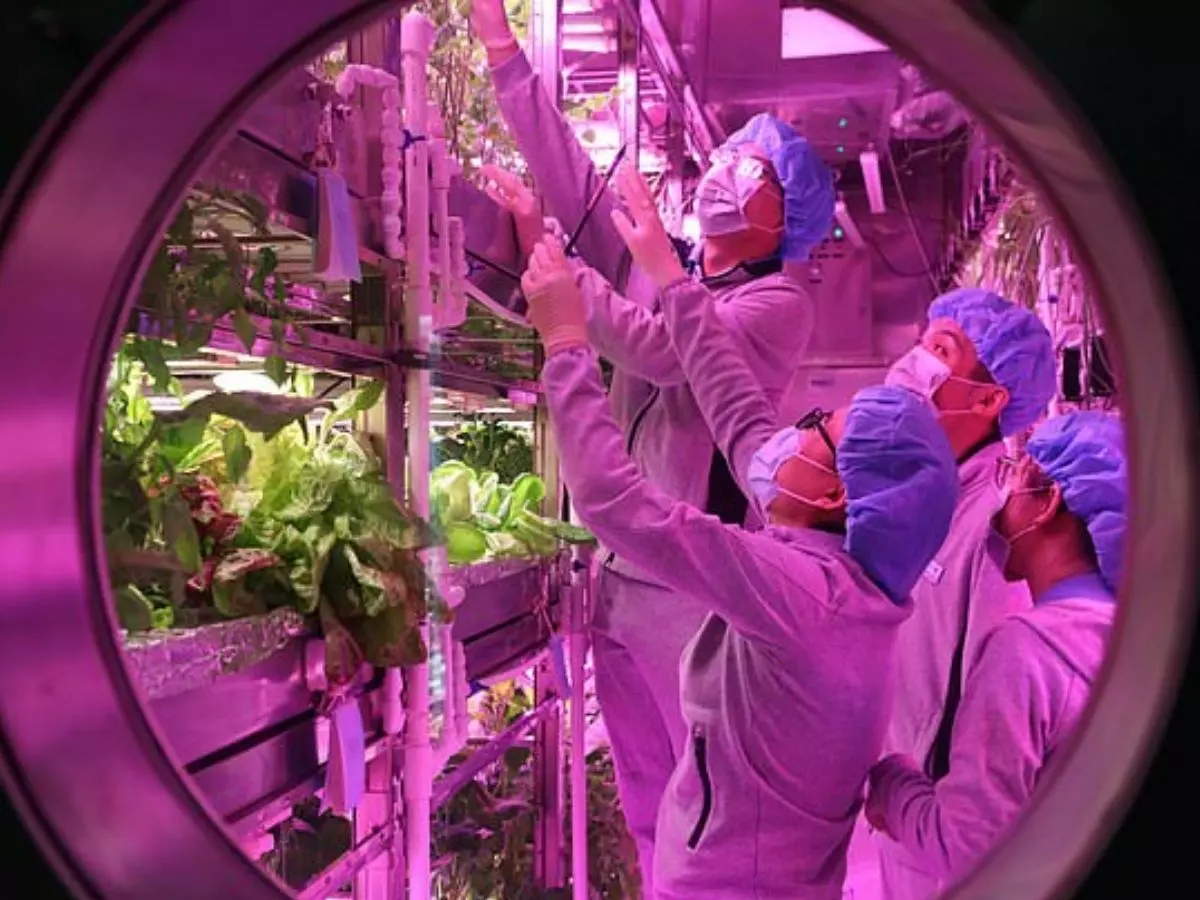Chinese Students Spent 1 Year In Moon Simulation, Grew Food And Oxygen From Plants
They didn¡¯t waste anything, even faeces were mixed with plant waste to produce CO2 in order to enable plants to grow whereas urine was processed and sterilised for use in irrigation.

While Elon Musk is striving hard to put man on Mars, China is focussing on establishing a base on the Moon and it¡¯s gotten really close to that.
 Reuters
Reuters
A group of Chinese students managed to generate oxygen, water and food in a self-contained habitat (simulating the life on Moon) for a whole year without any help from the outside world.
Two teams managed to stay in an entirely sealed environment of Yuegong-1 (Chinese for Lunar Palace 1) for a total of 370 days with one group surviving without any outside materials. The report also highlights that they could have in fact stayed longer.
The team members, essentially students from the Beijing campus of Beihang University, developed a biosphere that had everything a human would need to survive. The biosphere was equipped with two plant cultivation modules full of plants growing at various shelves under LED lights, along with a 452 square feet living cabin that had four sleeping cubicles, a common room, a waste-treatment room, as well as a bathroom.
They first ran a trial run that went on for around 105 days in 2014. Post which the project commenced on May 10, 2017. At this time, it involved two male and two female students, who stayed inside Yuegong-1 for 60 days. In July, they were relieved by another two pairs who stayed for 200 days.
China moon base human simulation
On January 26, 2018, the second group took a break and the first group joined in for another 105 days. With a total of 370 days, it set a new world record for the longest stay in a self-contained laboratory, as per claims by the Chinese media.
What¡¯s astonishing is that they just used two percent of materials from outside involving seeds, toilet paper, cleaning products etc. Rest all was taken care of indoors. People who stayed indoors survived on the food that they grew in the plant modules. These included wheat, potatoes, tomatoes, cucumber, strawberries. Moreover, these plants would also generate enough oxygen to keep humans, the animals and the organisms responsible for breaking down waste materials alive.
For drinking water, they relied on the condensation of the plants as well as plant waste was used to grow mushrooms that were fed to mealworms that they used to make protein-rich bread that was eventually consumed by the team members.
 Reuters
Reuters
They didn¡¯t waste anything, even faeces were mixed with plant waste to produce CO2 in order to enable plants to grow whereas urine was processed and sterilised for use in irrigation.
These tests are the first step into China¡¯s vision of building a base on the Moon. Zhang Kejian, director of the China National Space Administration (CNSA) claims that they could begin construction of the base in this decade itself. They plan on placing the base near the Moon¡¯s south pole that is known to possess ice and will allow other nations to use it too.
